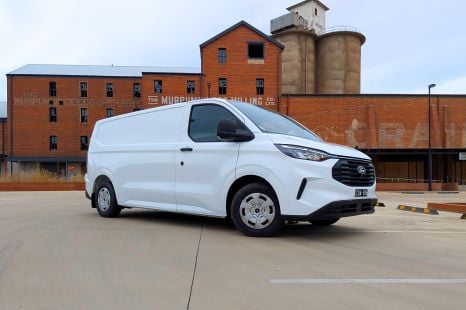

William Stopford
3 Days Ago
COVID-19 hasn't stopped the luxury brands from achieving growth in 2020, here's a closer look at the premium brands' sales performance thus far.

Marketplace Editor


Marketplace Editor
It’s no secret the automotive industry is going through some trying times, but in recent months we’ve seen the premium brands stay strong to resist the downward trends.
BMW and Mercedes-Benz recorded all-time monthly sales records in June, with numerous nameplates beyond the BMW and Mercedes stables also showing monthly and year-to-date growth.
| Brand | Volume H1 2020 | Market Share(Overall %) |
|---|---|---|
| Mercedes-Benz Cars | 14,364 | 3.2 |
| BMW | 12,580 | 2.8 |
| Audi | 7229 | 1.6 |
| Lexus | 4740 | 1.1 |
| Land Rover | 3739 | 0.8 |
| Volvo Car | 3370 | 0.8 |
| Porsche | 2227 | 0.5 |
| Jaguar | 871 | 0.2 |
| Alfa Romeo | 286 | 0.1 |
| Genesis | 63 | 0.0 |
UPDATE, 4/7/20 5:55pm:This article has been updated to include Alfa Romeo.
For the first half of 2020 the overall market is down just over 20 per cent, but June’s numbers are signalling a resurgence from luxury players – with some segments recording growth year-to-date.
Here, we’re having a look at the main premium brands and what’s to come in the second half of this year.
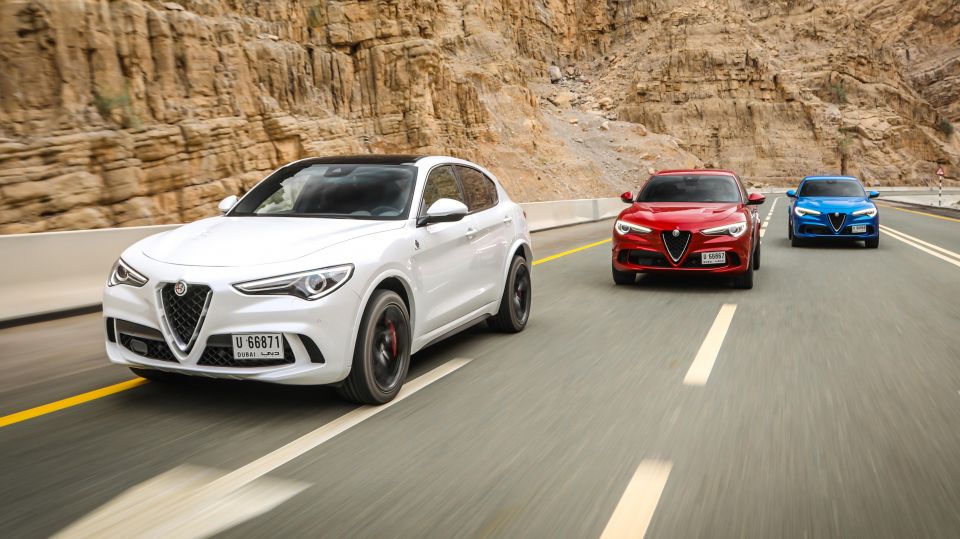
The Italian marque isn’t faring quite as well as some of its competitors, posting a decline of 36.2 per cent for the first half of 2020.
Just 286 units have found homes as of June 30, compared to 448 registrations this time last year.
Alfa Romeo’s top seller continues to be the Stelvio crossover, which is down 7.8 per cent YTD (to 138 units) but saw growth of 117.6 per cent in June, albeit off a low base, to 37 registrations.
The Stelvio commands just 0.9 per cent of the medium luxury SUV market, outsold by the Mercedes-Benz GLC by almost 20 to 1.
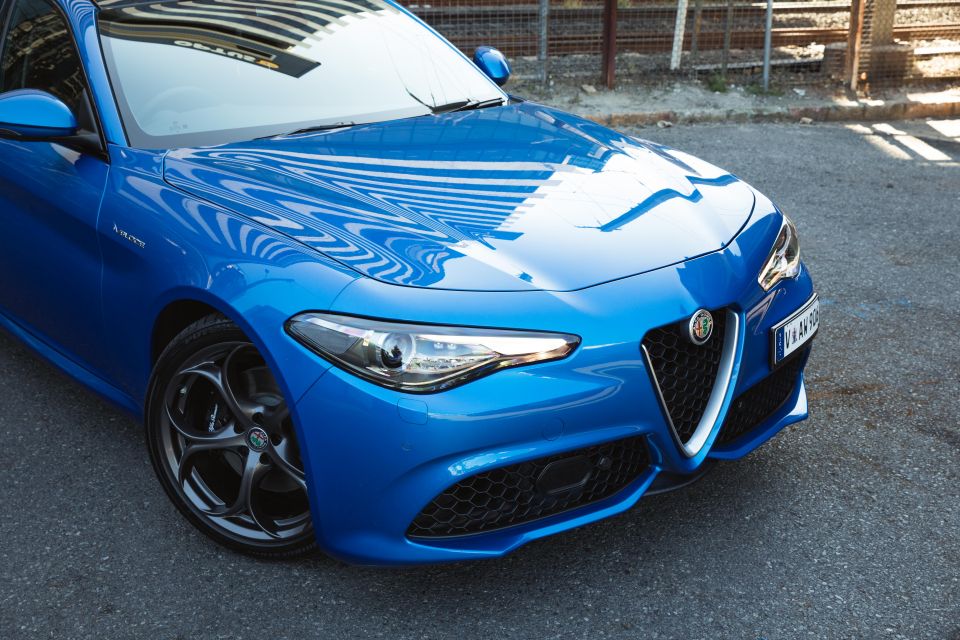
Meanwhile, the Giulia sedan is well off the volumes of its 3 Series and C-Class rivals, shifting just 10 units in June (down 72.2 per cent) and 91 sales YTD (down 51.6 per cent).
For reference, the Giulia is outsold by the increasingly popular BMW 3 Series by around 30 to 1.
Both the Giulia and Stelvio are due for mid-life refreshes before the end of this year, bringing new infotainment, an available digital instrument binnacle and enhanced driver assistance technologies allowing for Level 2 autonomous driving ability.
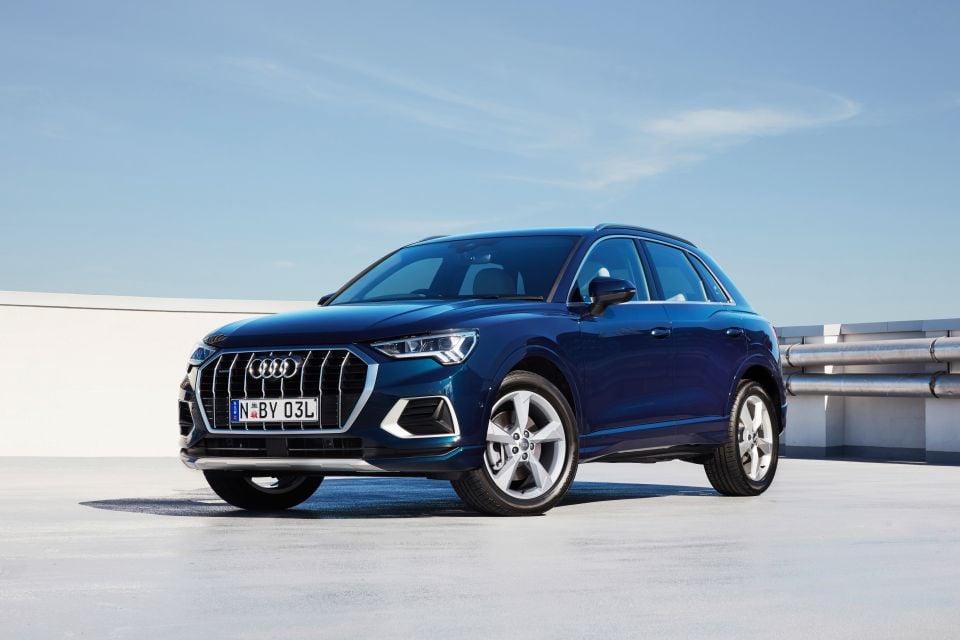
The four-ringed luxury subsidy of the Volkswagen Group is doing quite well thanks to an onslaught of new models after production delays hamstrung the brand for much of 2019.
Year-to-date (YTD) Audi is up 0.4 per cent overall, but saw growth of 84.6 per cent in June.
Key drivers include the latest Q3 crossover, which is up 747.4 per cent YTD (to 1805 units) after a prolonged period between generations, as well as the seven-seat Q7, up 393.4 per cent YTD (to 824 units) following a production delay which saw core models pulled from sale last year.
The all-new A1 city hatch is up as well (albeit off a low base), again due to a delay between generations, with sales improved 36.3 per cent YTD to 274 units. It’s likely to continue rising throughout the second half of 2020.
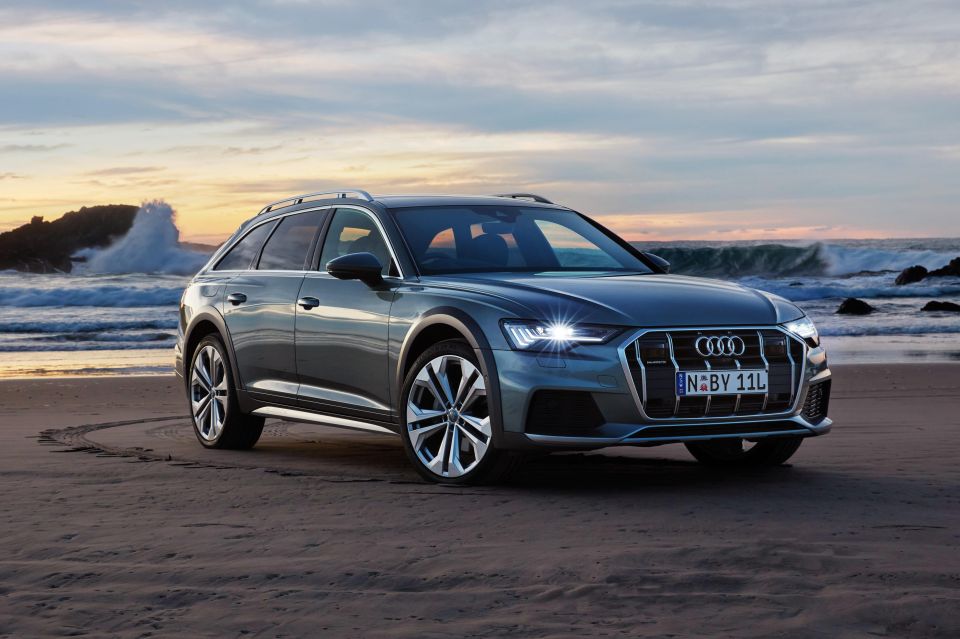
Incremental growth from the new A6 range will no doubt be seen by a win as well, with YTD sales up 350 per cent to 72 units, and be bolstered further by theA6 Allroad wagon (above) and hi-po RS6 Avant.
As the year progresses we’ll see the introduction of the e-tron quattro and e-tron Sportback electric SUVs, facelifted versions of the A4 mid-sizer and A5 coupe models, as well as anticipated run-out offers on the current A3 and Q5 as new versions are due in 2021.
The company’s performance range will also come into full effect in the back half of 2020, with the aforementioned new RS6 and RS7 due in July.
First deliveries of the new RSQ3 and RSQ3 Sportback as well as the SQ7 and SQ8 are on the horizon, along with updated versions of the S4, S5, RS4 and RS5.
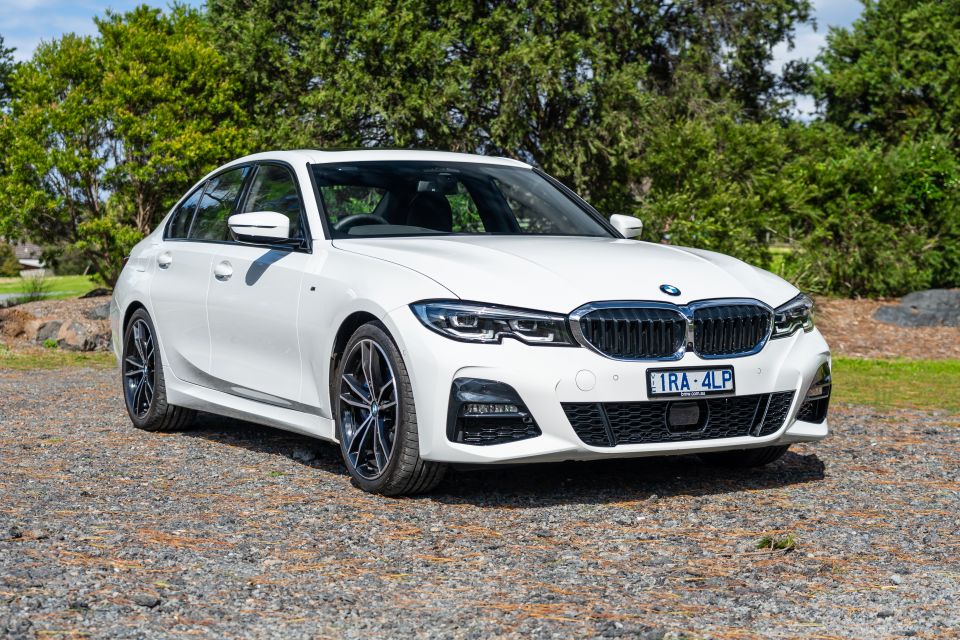
Like Audi, the Bavarian luxury marque is staying strong in trying times, recording 1.6 per cent growth YTD as of June 30.
Recent arrivals of all-new or facelifted models have no doubt helped, with sales up 32 per cent in June – which actually represented an all-time monthly record of 3307 sales.
Highlights include strong performances from the new 1 Series (up 9.5 per cent YTD) and 2 Series Gran Coupe (671 sales YTD), while the 3 Series continues to climb with 35.8 per cent growth YTD to 1873 registrations as of the end of June.
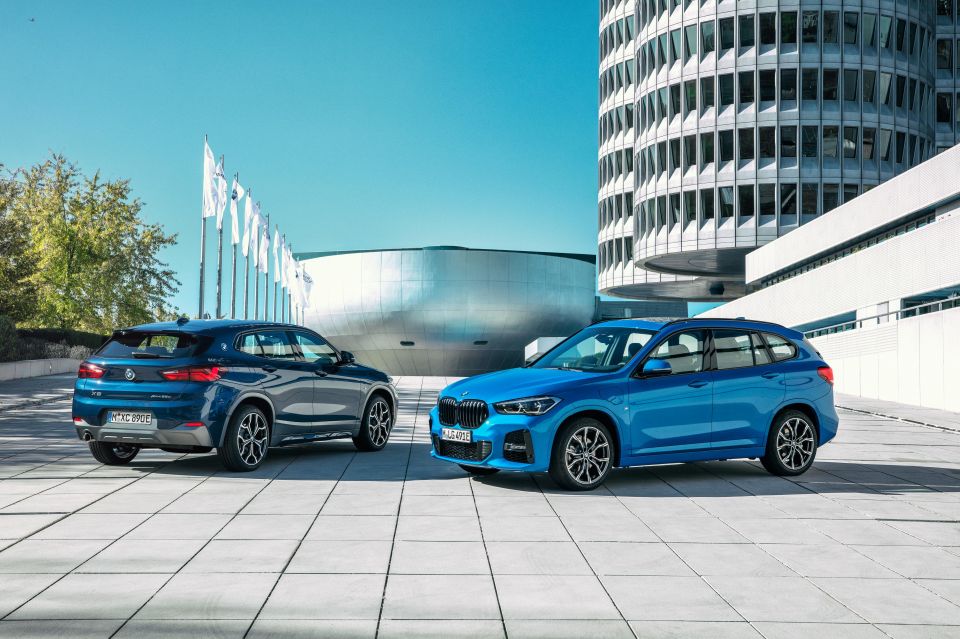
The recently-facelifted X1 (above) has seen 18.8 per cent growth so far this year also (to 1597 units YTD), while the flagship X7 seven-seat SUV continues to push forward in its second year on sale, posting an increase of 73.8 per cent YTD to 445 units.
Gains have also been made by the X6 crossover coupe, though off a lower base. The X5’s sportier twin has posted growth of 196.6 per cent YTD (to 344 units), largely due to a gap between generations in 2019.
Further opportunities for BMW present themselves in the second half of 2020, with the arrival of several new models including a 220i Gran Coupe variant, facelifted versions of the 5 Series and M5 sedans, and an all-new 4 Series coupe.

A relatively small player in the market currently, Hyundai’s luxury arm Genesis has been on the up in 2020 (off a very low base, mind you) with two all-new models due to launch later this year.
The current two-strong range consisting of the G70 and G80 sedans is up 65.8 per cent YTD to 63 units, largely driven by 85.7 per cent YTD growth for the smaller G70, despite the brand only having one showroom in Sydney currently.
In the coming months the all-new G80 sedan will arrive in Australia, as well as the brand’s first SUV – the GV80.
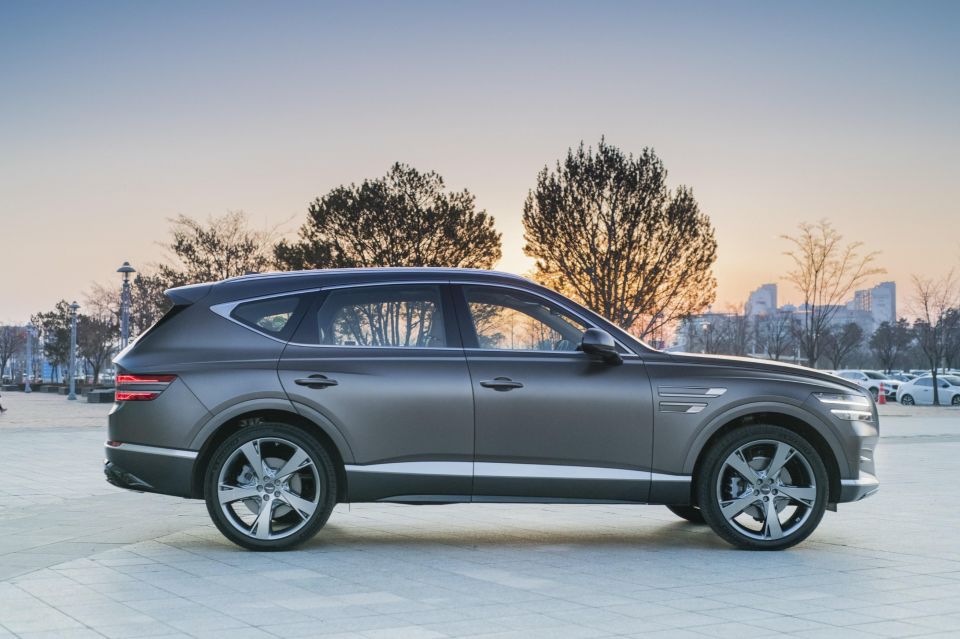
Both models ride on a new architecture and kickstart the brand’s new design philosophy in Australia, with the GV80 (above) hoping to cash in on our market’s growing thirst for SUVs.
The GV80 is due to touch down during the third quarter, and will take on established large luxury SUVs like the BMW X5 and Mercedes-Benz GLE, while the G80 will face off against the A6, 5 Series and E-Class when it arrives late in the third quarter or early in the fourth.
A facelifted G70 sedan and new Shooting Brake wagon are due to be revealed in the coming months as well, while an all-new GLC-sized GV70 is also on track for a 2021 introduction.
Beyond its expanding product line-up, Genesis is due to open boutique-style showrooms in Melbourne and Brisbane at some point this year – though plans have been delayed several times – which should help get more eyes on its models.
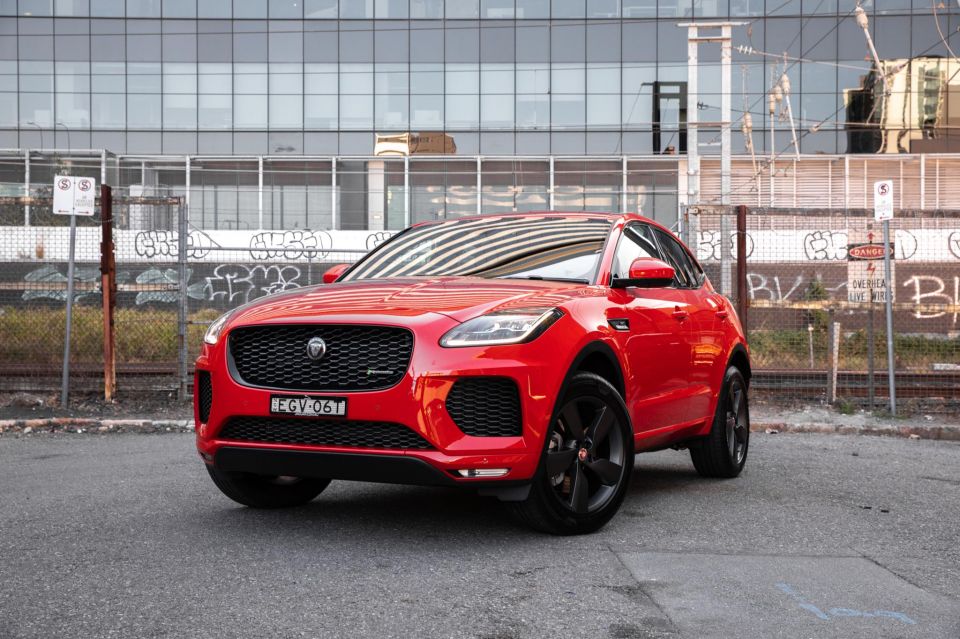
Britain’s leaping cat hasn’t been quite as successful as its German equivalents, with sales declining by 33 per cent so far this year.
All its models are down for the first half of 2020, with disappointing figures from its E-Pace and F-Pace SUVs (down 19.2 per cent and 43.4 per cent respectively), and the facelifted XE struggling to make an impact (down 39.3 per cent YTD).
The all-electric I-Pace will get a facelift later this year – orders are already open – while a redesigned F-Type sports car is also on the way.
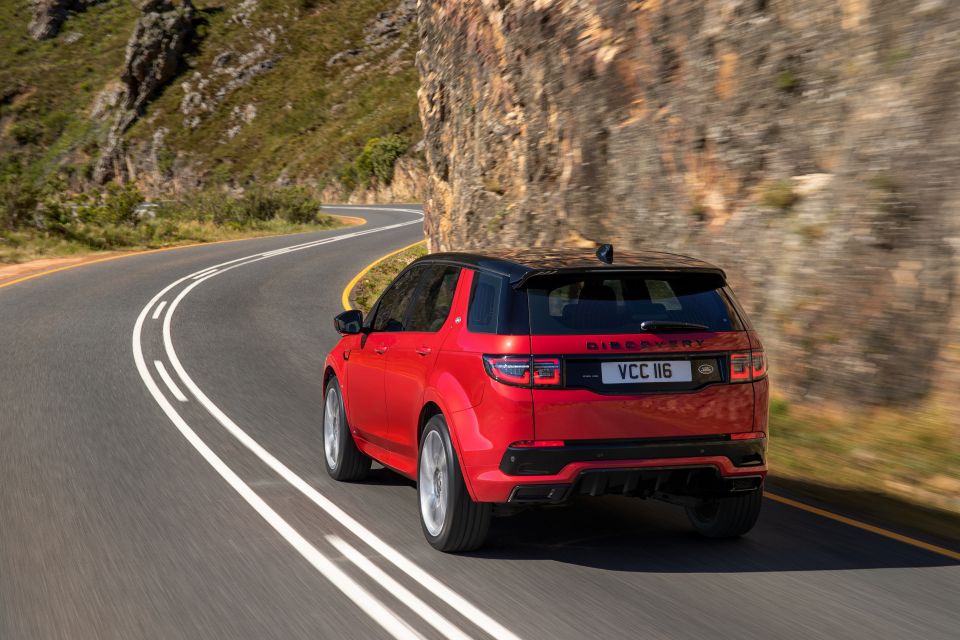
Like Jaguar, Land Rover hasn’t quite maintained sales volume like German competitors through the COVID-19 pandemic, despite playing entirely in popular SUV segments.
Overall the British SUV brand (or brands if you view them separately) are down 27.8 per cent YTD, with all models posting negative growth.
The only model to show gains in the month of June was the Range Rover Evoque, which increased sales by 8.9 per cent to 270 units, though the entry-level Rangie is still down 5.9 per cent YTD.
A fetching all-new Land Rover Defender could help turn things around when it arrives later this year – aided by the fact the nameplate is a cult favourite – while we can expect more promotions like drive-away pricing and five-year warranties to entice buyers into showrooms.
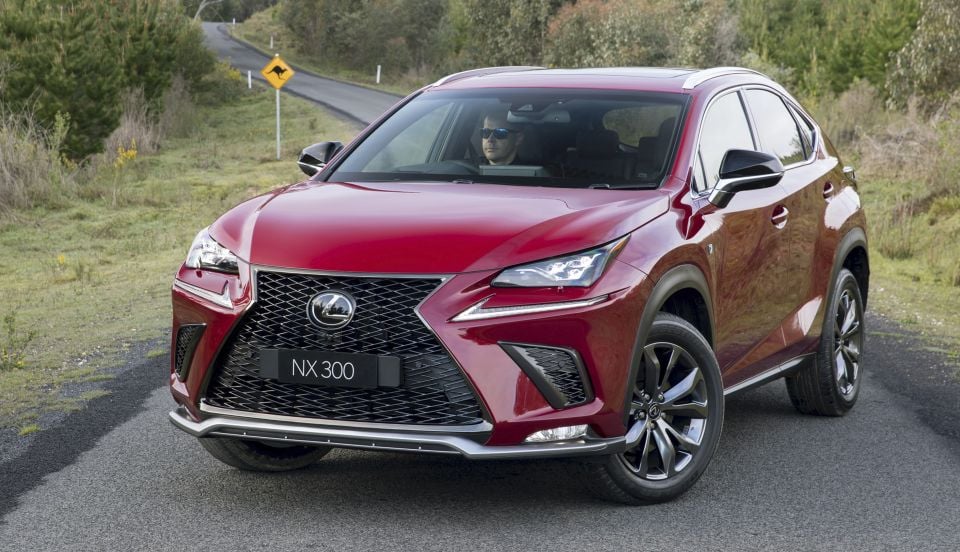
The Japanese luxury marque had a stellar 2019 in Australia, and despite the nightmare that is 2020 has managed to hold strong in a sliding market.
So far, Lexus is down by just 1.4 per cent YTD, although posted gains of 60.8 per cent in June.
Only two models have sustained growth YTD – the ageing mid-size NX SUV as well as the freshly-facelifted RX large SUV, posting increases of 25.9 per cent and 3.4 per cent respectively.

In fact, the NX grew by a massive 199.6 per cent in June to 698 sales, well ahead of its competitors in the premium mid-sized SUV segment.
Later this year the company will launch a heavily-updated IS sedan, which should give the long-running nameplate a boost in the luxury sedan segment currently dominated by the 3 Series and C-Class/CLA.
There’s word of a new IS500 flagship which is expected to feature either a 5.0-litre V8 or 3.5-litre twin-turbo V6, which no doubt will appeal to performance-hungry Aussie buyers.
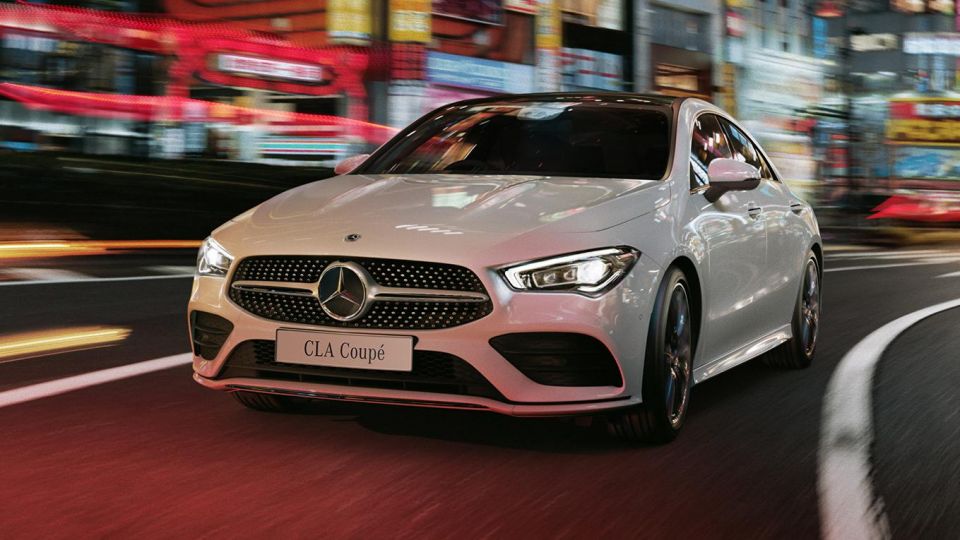
The three-pointed star may be slightly down (9.0 per cent) YTD in 2020 but June saw the German marque achieve its best-ever monthly figure in Australia – to the tune of 4437 units, up 31.4 per cent on June 2019’s results.
A slew of recently-arrived new models and more on the way will no doubt help the brand’s fortunes moving forward, with big gains recorded for its compact and mid-sized offerings.
The new A-Class and CLA siblings are killing it at the moment, up 25.9 per cent (to 3342 units) and 39.7 per cent (to 844 units) YTD respectively.
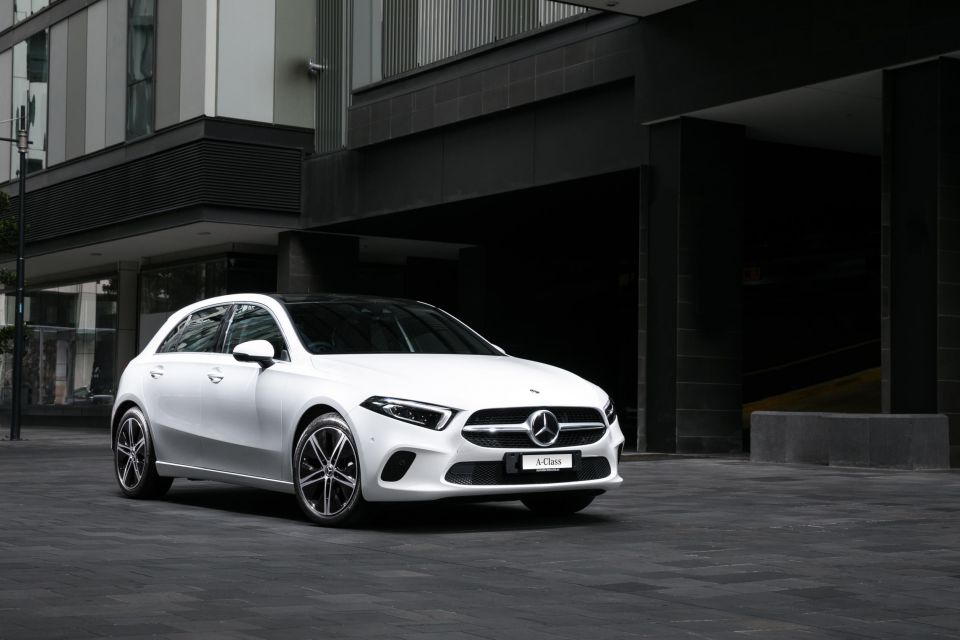
In June the A-Class (above) sold a massive 901 units for the month, which actually places it sixth in overall small car sales.
Further, the A-Class easily outsold a number of household names in June such the Ford Focus, Honda Civic, Hyundai Elantra and Subaru Impreza. YTD, the A-Class holds a 46.6 per cent share of the premium small car segment – massive.
Elsewhere in the range, the all-new GLB has already contributed additional sales in one month on sale, while the GLC Coupe is up 30.4 per cent to 716 units year to date.
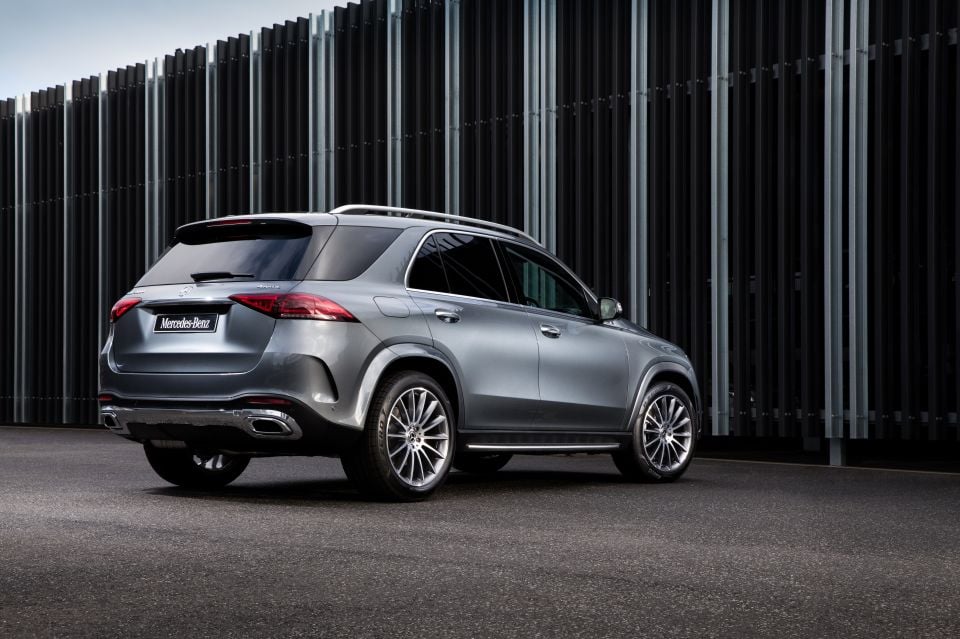
Huge gains have been made by the new-generation GLE (above) and GLS, up 369.1 per cent and 267.2 per cent YTD respectively.
In June alone 449 GLE wagons found homes, while the even bigger GLS narrowly missed first place in the upper large premium SUV segment with 153 units – second only to the Land Rover Discovery which managed 164 sales.
Opportunities later in the year include an all-new GLA compact SUV – which should improve on the strong-selling current model – as well as a facelifted E-Class family and an all-new GLE Coupe.
Additionally the AMG range will be bolstered by the new GLB35, E53, E63, GLE53, GLE63, and GLS63 – Australia is one of the largest AMG markets globally.
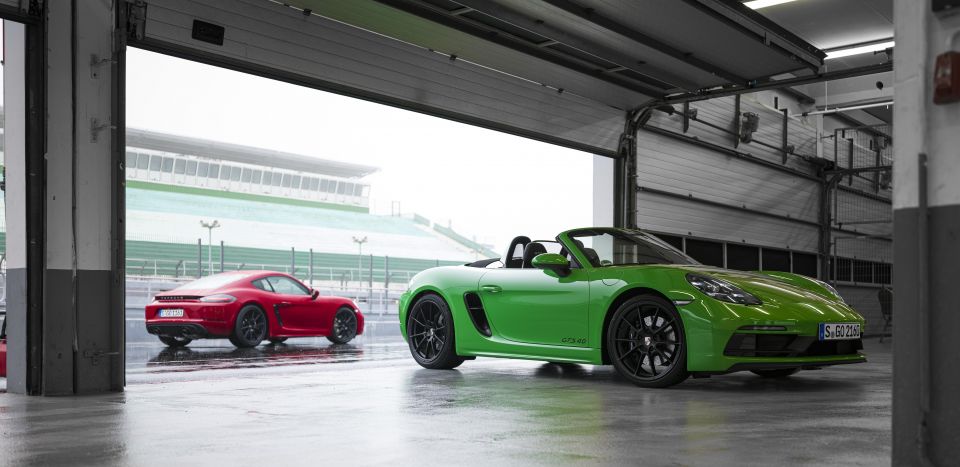
Stuttgart’s finest has a lot happening this year, and is staying strong despite a slowing market.
Despite being down 2.9 per cent YTD (to 2227 units) overall, the 718 Cayman and Macan are on the up in 2020, posting growth of 36.5 per cent and 13.7 per cent respectively.
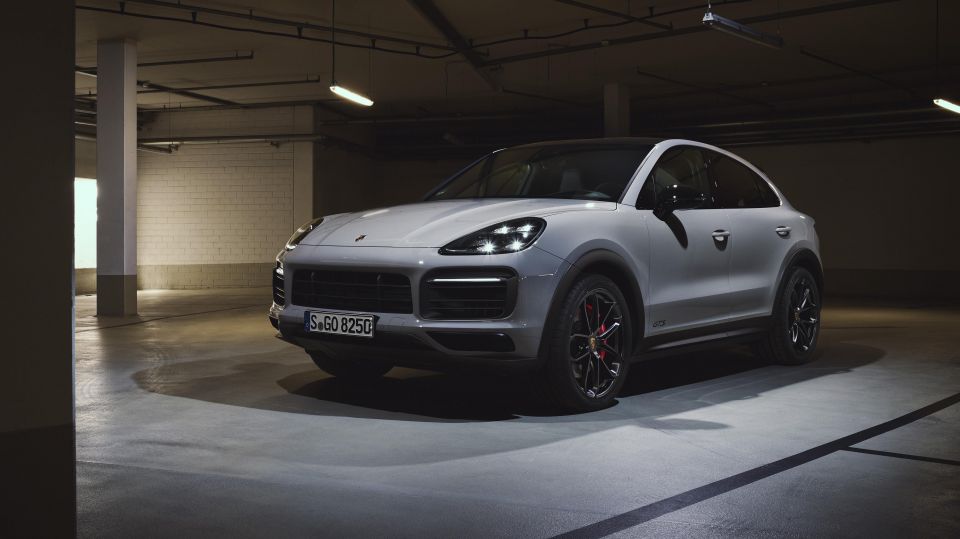
In June most of its models were up too, including the 718 Boxster (+28.6 per cent to 9 units), and the Cayenne (+20.8 per cent to 151 units).
During the back half of 2020 the popular Cayenne and Cayenne Coupe (above) will get new GTS variants, with the flagship 911 to also continue expanding its range spearheaded by the new Targa and Turbo models.
Porsche will also launch its first all-electric model, the Taycan, later this year which has received unprecedented buyer interest and is attracting new customers to the brand.
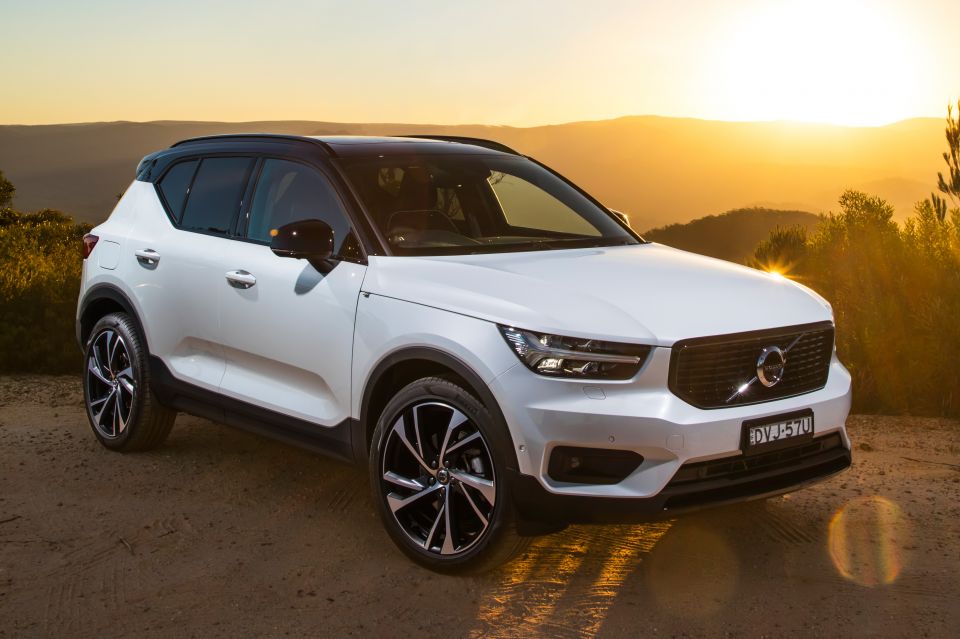
Like Lexus, the Chinese-owned Swedish luxury marque had steadily been growing in Australia for the last couple of years.
So far in 2020, sales are down 11.9 per cent YTD, though June saw a resurgence with monthly registrations up by 40 per cent.
The XC40 was up 77.5 per cent to 490 units in June, giving it segment leadership in the premium small SUV class, though it’s down by 5.1 per cent YTD.
While the XC40 led the charge, the mid-sized XC60 is down 23.2 per cent YTD but grew 19.2 per cent in June, with 1278 units finding homes in the first half of 2020.
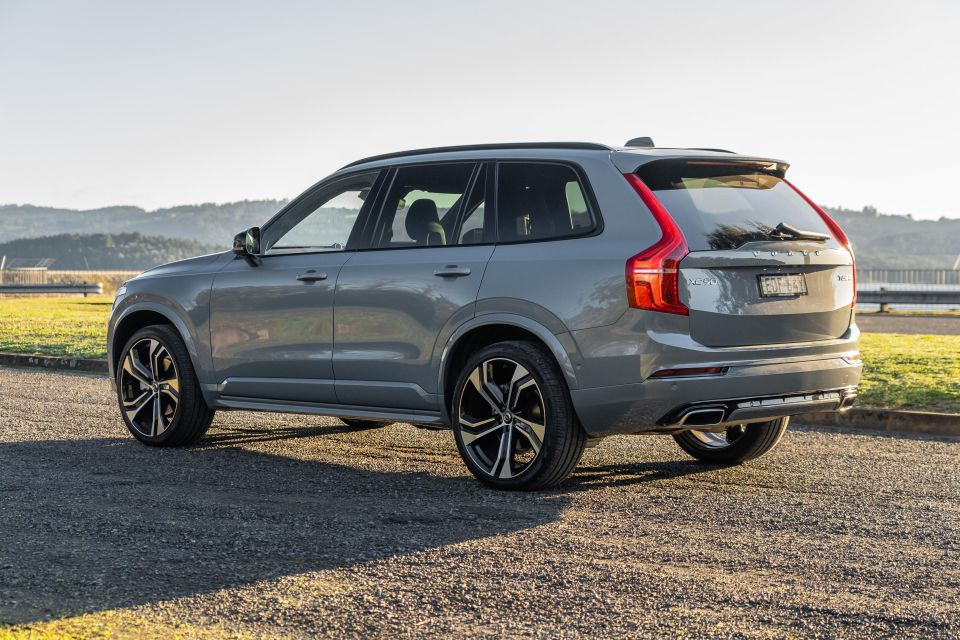
Volvo’s flagship XC90 has fallen 31.2 per cent YTD to 435 sales and was also down in June (139 units), though the related V90 Cross Country saw a 133.3 per cent increase, though off a low base, to seven units up from three in June 2019.
Year to date the V90 CC has managed 39 sales, a 333.3 per cent gain on 2019’s results of just nine units.
Volvo is just about to launch its new XC40 Recharge PHEV (from $64,990 plus on-road costs) which will become its most affordable plug-in hybrid, with the all-electric XC40 Recharge EV due in mid-2021.
Incremental volume from the new S60 and V60 medium sedan and wagon also build on their tally of zero this time last year during a between generations, while the unconfirmed launch of a new V60 Cross Country looms.
James is an automotive journalist based in Melbourne, Australia. Before joining CarExpert.com.au in 2020, James has worked at leading auto media outlets including Carsales and CarAdvice, as well as at Pulse agency for Ford Australia's communications team. In 2019 James made Mumbrella's 'Top 20 most prolific web authors in Australia' list after publishing 1,360 articles between March 1, 2018 and February 28, 2019 for CarAdvice. James is also an Ambassador for Drive Against Depression – an Australian charity whose mission is to support mental wellness through the freedom of driving and a shared love of cars.


William Stopford
3 Days Ago
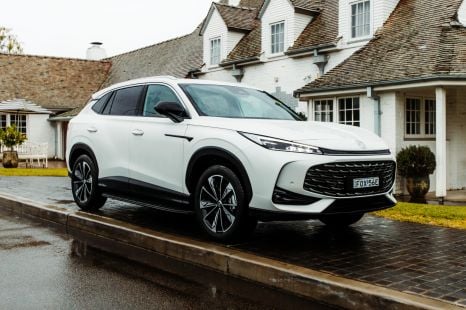

James Wong
2 Days Ago
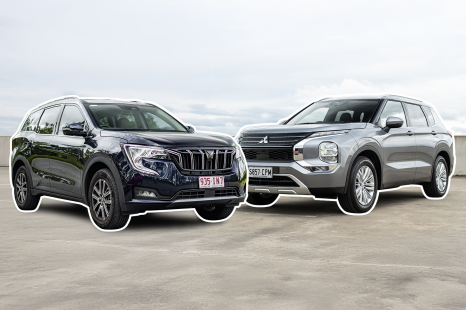

Andrew Maclean
1 Day Ago


Max Davies
23 Hours Ago


Josh Nevett
18 Hours Ago
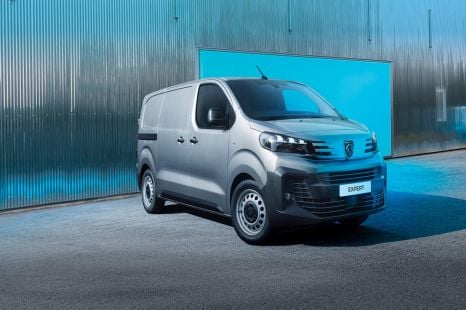

Damion Smy
17 Hours Ago